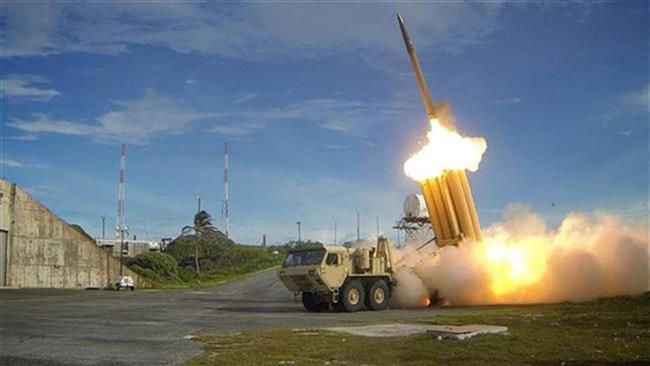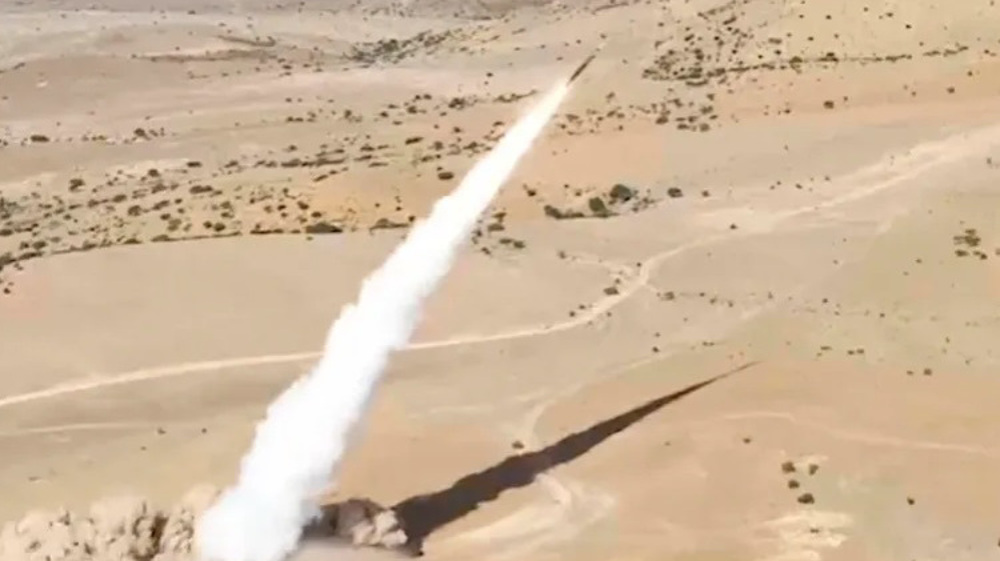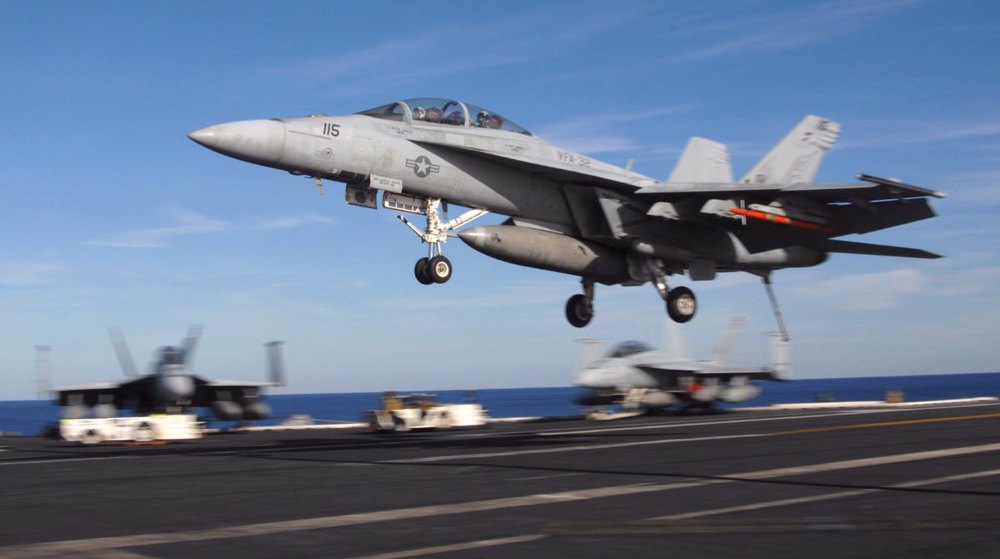US reaffirms commitment to pact on THAAD: South Korea
South Korea’s presidential office says Washington has reaffirmed its commitment to an agreement with Seoul on the deployment of a high-tech missile system, including on expenditure.
The office said US National Security Adviser H.R McMaster had reassured his South Korean counterpart, Kim Kwan-jin, during a telephone conversation on Sunday that Washington was committed to the Status of Forces Agreement, under which Seoul would only provide location and infrastructure for the US Terminal High Altitude Area Defense (THAAD) without further costs.
McMaster said the US-South Korea alliance was a top priority in the Asia-Pacific region, according to the presidential office.
President Donald Trump had last week said it would be “appropriate” for South Korea to pay for the costs of the billion-dollar missile system. Seoul said it would not be making any such payments as per the Status of Forces Agreement.
Seoul and Washington reached an agreement over the THAAD’s deployment in July last year, declaring that the objective behind deploying it to South Korea would be to counter potential missile threats from North Korea.
THAAD has been designed to intercept ballistic missiles inside or just outside the atmosphere during their final phase of flight. The US missile system is being installed in Seongju, in South Korea’s North Gyeongsang Province.

Russia and China have expressed deep concern over the controversial deployment of the American missile system on the Korean Peninsula, with Chinese officials arguing that the US system would interfere with their radars and could pose a threat to Chinese security.
Pyongyang, whose nuclear and missile tests have provided the pretext for the THAAD’s deployment, has expressed strong opposition to the move, too.
North Korea, under a raft of sanctions for its missile and nuclear programs, says it is developing arms as deterrence against the US. It says it will not abandon the missile and nuclear programs unless the US ends its hostility toward Pyongyang.
The North, which has so far conducted five confirmed nuclear tests and numerous missile test-launches, is believed to be preparing for its sixth nuclear weapons test.
Tensions have been running high between North Korea and the US in recent weeks.
Meanwhile, scuffles erupted between police and protesters after two US Army oil tankers tried to enter the THAAD deployment site at Seongju on Sunday.
About 800 officers were mobilized around the site, and two residents among some 300 protesters sustained injuries in the clashes, according to police.
One drill ends, another begins
In a separate development on Sunday, Seoul and Washington wrapped up an annual joint military drill.
The two-month long “Foal Eagle” drill reportedly involved around 20,000 South Korean and 10,000 US troops.
One day before the end of the live-fire military exercise, the US dispatched the USS Carl Vinson aircraft carrier to the Sea of Japan to carry out joint naval drills with South Korea.
The South Korean navy declined to say when those exercises would be completed.
Iran lifts ban on WhatsApp, Google Play
VIDEO | Palestinian childhood under threat
Yemeni forces strike Israeli military site with hypersonic missile
Yemeni missiles alter US, Israel’s calculations: Iranian FM
Israel provides full support for theft of aid to starve Gazans: Report
'Israel booby-trapped walkie-talkies, pagers years before Lebanon blasts'
Gaza Health Ministry calls for urgent intl. help to protect hospitals amid Israeli genocide
Stakes involved in Iran’s partnership with Eurasian Union










 This makes it easy to access the Press TV website
This makes it easy to access the Press TV website